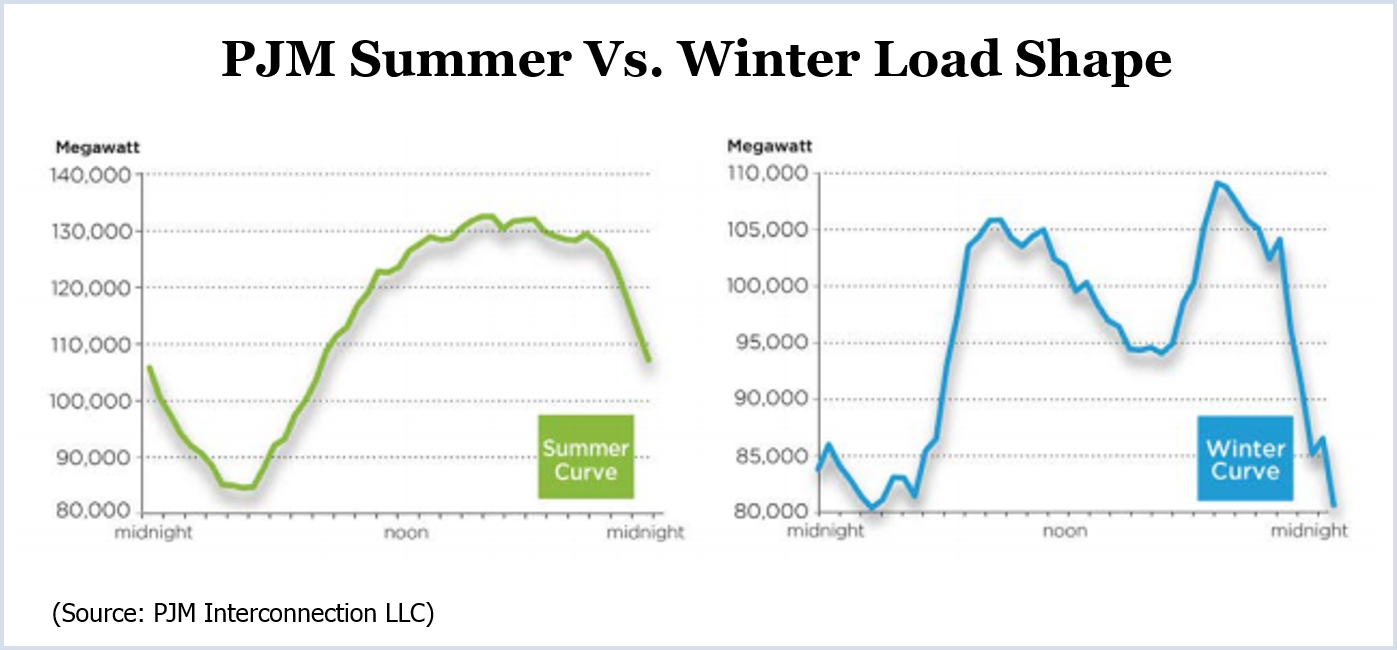By Rich Heidorn Jr.
While pondering the biggest change in the capacity market since its inception, PJM is hoping that testing of little-used generating units will ensure they are available if cold weather strains its reserve margin.
Last winter, the RTO saw as much as 22% of its generation on the disabled list as it set new winter peak records. Officials had to admit afterward that they had mistakenly assumed that natural gas 
The record-setting cold pushed PJM’s load-weighted LMP to $126.80, more than three times the price in January 2012. Operators had to resort to demand response and a voltage reduction to avoid shedding load. The new winter peak of 141,500 MW exceeded the Feb. 5, 2007, mark by nearly 5,000 MW.
It was a humbling experience for an organization long held out as the gold standard among grid operators.
PJM officials responded with an ambitious — and controversial — plan to add a new Capacity Performance product. (See Lower Penalties, More Flexibility in Revised PJM Capacity Performance Proposal.) PJM wants the changes in time for next year’s auction for delivery year 2018/19.
To improve operations in the interim, PJM stakeholders embarked on initiatives in at least five committees and task forces. Earlier this month, the Operating Committee approved plans for voluntary generator testing, while the Market Implementation Committee approved rules to reduce uplift and ensure energy prices better reflect operator actions. (See MIC Briefs)
PJM hopes to test up to 1,000 MW of generation on each of 20 days in December 2014. The tests would be limited to generators that haven’t run in the prior eight weeks and days when temperatures are below 35 degrees Fahrenheit.
The OC also endorsed manual changes to ensure generators keep their operating parameters (e.g., notification times, dual-fuel capability and availability, fuel inventories, resource limitations) updated in eMkt.
PJM officials also have taken steps to improve communication with pipelines, transmission owners and neighboring reliability coordinators.
PJM will enter the winter with 183,000 MW of installed capacity, almost 50,000 more than the projected 50/50 winter peak of 133,510 MW. It will also benefit from transmission upgrades in Pennsylvania, New Jersey, Ohio and Maryland.
The RTO will conduct a fuel inventory survey in November and a dispatcher training webinar covering the changes in December. An emergency procedures drill is scheduled for Nov. 17.
“Based on forecasts, we expect to have adequate power supplies for the winter,” PJM spokesman Ray Dotter told RTO Insider. “We’ve learned from last January’s cold weather and we’re working with our members to improve the availability of generation over the long term.”
“We didn’t have a reliability problem last year. I’m not expecting to have one this year as well,” Executive Vice President for Operations Mike Kormos told the Organization of PJM States annual meeting last week.
One item that remains unresolved on PJM’s to-do list is a potential increase in the $1,000/MWh offer cap. None of three proposals considered by the Markets and Reliability Committee last month could muster a two-thirds majority. (See Members Deadlock on Change to $1,000 Offer Cap.)
Gas and electric futures prices are up sharply, Federal Energy Regulatory Commission staff said in a briefing last week. As of Oct. 1, the average of January and February 2015 contracts at Transco Zone 6 non-NY was $9/MMBtu, almost double last winter. Electricity futures at the PJM Western hub were up 62% to $73/MWh.


